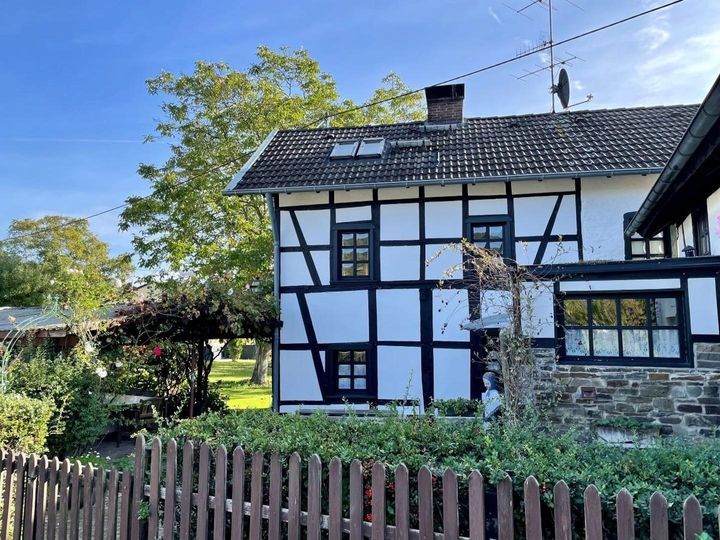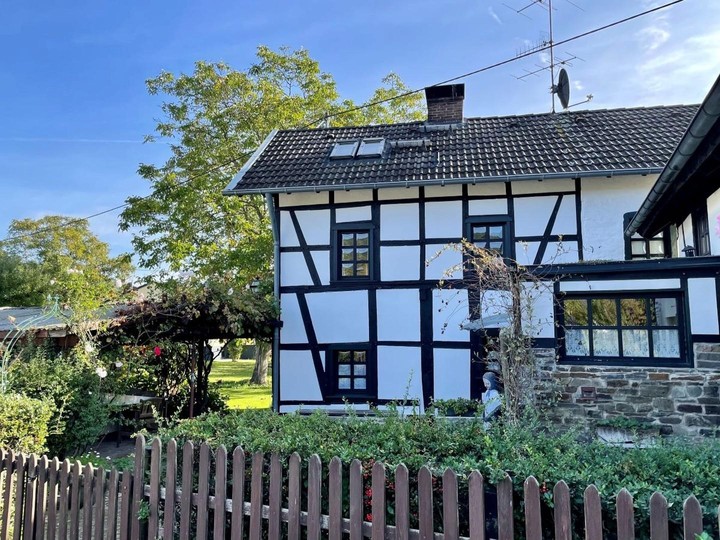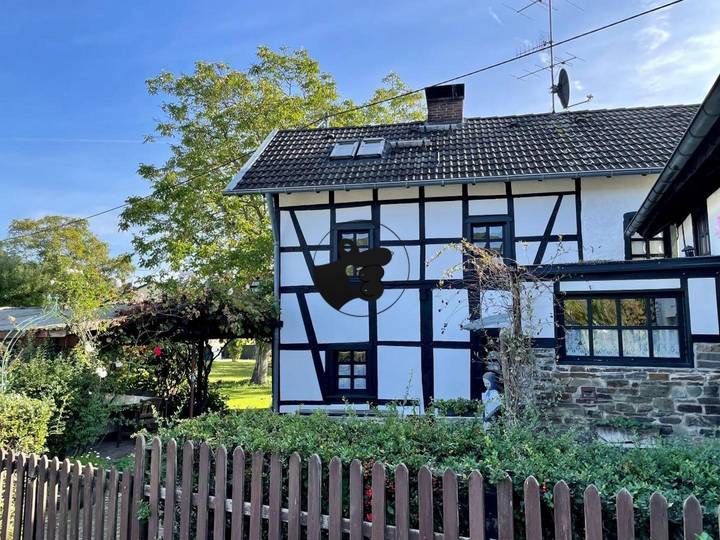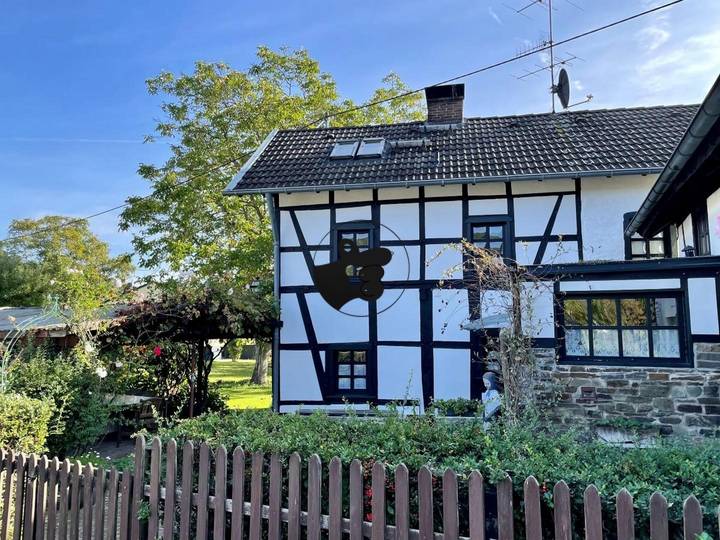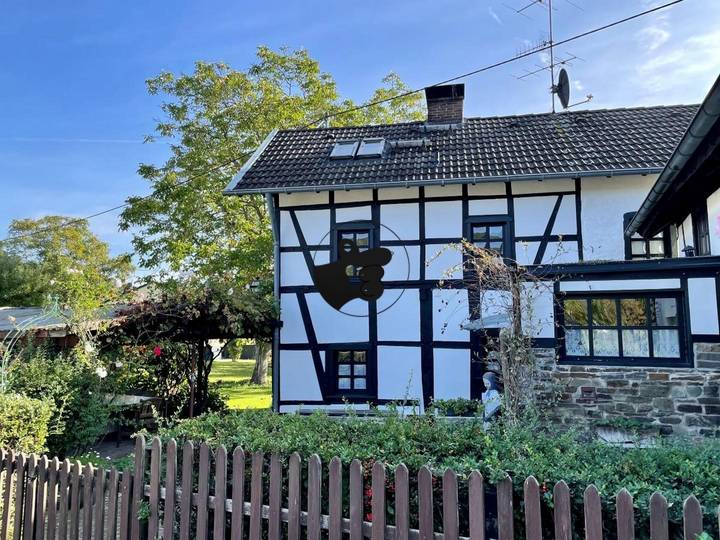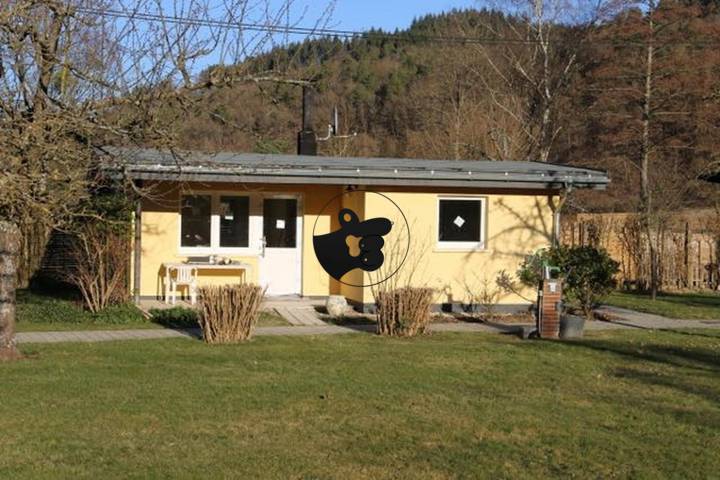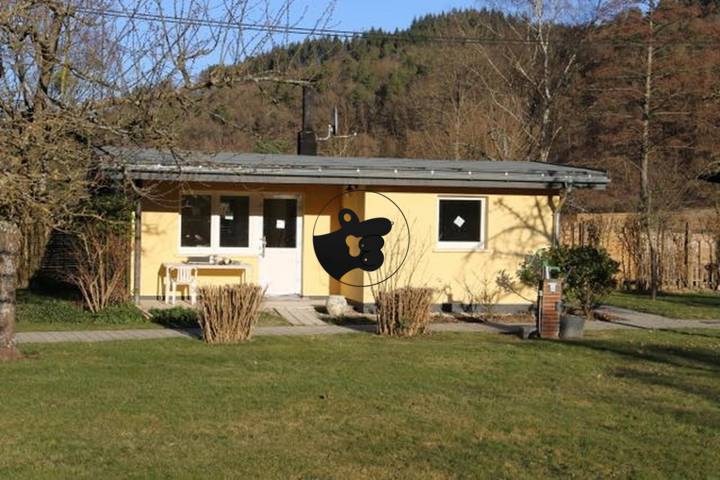The average monthly rent for an apartment in Insul, Rheinland-Pfalz typically ranges between €600 and €800, depending on the size and condition of the property. For instance, a cozy one-bedroom apartment might rent for around €650, whereas a larger two-bedroom unit can cost closer to €800. Rent prices can also vary based on the apartment's location within Insul, with those closer to the Moselle River or in quieter neighborhoods generally being priced at the higher end of the scale. Additionally, if utilities are included, this can push the overall cost higher, while unfurnished apartments may offer a lower base rent.
Insul Rheinland Pfalz
Location
Price Range
Any price
Price Range
Minimum
No min
Maximum
No max
Property type
Show all
Property type
Show all
House
Apartment
Building
Other
Bedrooms
Any beds
Bedrooms
Minimum
No min
Maximum
No max
Surface Range
Any surface
Surface Range
Minimum
No min
Maximum
No max
Sale type
To rent
Sale type
Show all
To rent
For sale
Location
Apartments and houses for rent in Insul Rheinland Pfalz
12 results
Recent
Insul Rheinland Pfalz insights
| Aspect | Summary |
|---|---|
| Gross Yield | Average gross yield around 6-8%, attractive for investors. |
| Rental Demand | High demand due to local universities and industries. |
| Average Rent Price | Approximately €10-€12 per square meter. |
| Vacancy Rates | Low vacancy rates around 3-5%, indicating a strong rental market. |
| Tenant Turnover Rate | Typically 20-25% annually, varies by location. |
| Operating Expenses | Around 30% of rental income; includes maintenance and management. |
| Regulation and Rent Control | Moderately regulated; cities may have rent caps. |
| Furnishing/Unfurnishing Rate | Approximately 40% unfurnished, 60% furnished rentals available. |
| Short-Term vs. Long-Term Rental Mix | Predominantly long-term rentals; short-term rising in urban areas. |
| Local Economic Indicators | Stable economy with low unemployment and population growth. |
| Rental Price Trends | Rents have been steadily increasing by approximately 3-5% annually. |
| Lease Terms | Standard lease terms are typically 1 year; 3-5 year options available. |
| Deposit Requirements | Commonly 2-3 months' rent as a security deposit. |
| Utilities and Other Costs | Utilities average around €200-€300 per month; varies by size. |
| Safety and Security | Generally safe areas; low crime rates contribute to attractiveness. |
Insul Rheinland Pfalz FAQ
What is the average monthly rent for an apartment in Insul, Rheinland-Pfalz?
How do rental prices in Insul compare to other towns in Rheinland-Pfalz?
Rental prices in Insul tend to be more affordable compared to larger towns in Rheinland-Pfalz like Koblenz or Mainz, where demand influences higher rates. For instance, while a typical apartment in Koblenz might average around €10 to €12 per square meter, in Insul, prices can range from €7 to €9 per square meter. This price difference is partly due to Insul's smaller population and limited housing stock, leading to lower competition for rentals. Furthermore, towns like Bingen am Rhein and Bad Kreuznach witness similar pricing patterns, but places closer to urban centers or key transportation links usually command a premium. For example, an apartment in Bad Kreuznach averages around €8 to €10 per square meter, indicating a slight edge over Insul's rental market. Overall, Insul remains an appealing option for those looking for more economical living arrangements within the state.
What factors influence rental prices in Insul?
Rental prices in Insul, Rheinland-Pfalz, are influenced by a combination of location, property type, and local amenities. For instance, properties closer to the village center tend to command higher rents due to proximity to shops, services, and transportation links. The size and condition of the property also play a significant role; newly renovated apartments or houses with modern fixtures typically attract higher prices compared to older, less maintained properties. Additionally, seasonal fluctuations can impact rental prices, particularly during peak tourist seasons when demand for vacation rentals increases. Local economic factors, such as employment opportunities in nearby towns or industries, can drive demand and subsequently affect rental rates. Another consideration is the overall housing supply in the area; limited availability of rental properties can lead to increased competition and higher prices for those on the market.
Are rental prices in Insul higher for newly built properties?
In Insul, rental prices for newly built properties tend to be higher compared to older ones, reflecting the modern amenities and energy-efficient designs that attract tenants. For instance, a newly constructed two-bedroom apartment might fetch around €1,200 per month, while a similar apartment in an older building could be closer to €900. This discrepancy is often due to the higher construction costs and the demand for properties that incorporate contemporary features such as open floor plans, smart home technologies, and better insulation. Additionally, newly built homes are typically situated in developments that offer improved infrastructure, such as better road access and local facilities, which also influences rental prices. The increase in rental costs for new builds can be particularly evident in areas promoting new housing projects aimed at accommodating the growth in population or those looking for modern living spaces.
Is there a seasonal variation in rental prices in Insul?
In Insul, a picturesque village in the Rhineland-Palatinate region of Germany, seasonal variation in rental prices is evident, primarily influenced by tourism and local events. During the summer months, particularly July and August, rental prices tend to spike as tourists flock to the area to enjoy its natural beauty and outdoor activities, such as hiking and cycling along the Moselle River. For instance, a cozy vacation apartment that rents for approximately €60 per night in the off-peak season might escalate to around €100 during peak summer weeks. Conversely, in the colder months, such as January and February, rental rates typically decrease, as fewer visitors desire to explore the region amidst chilly weather. Additionally, during local festivals like the annual wine fest in late September, prices may rise again due to an influx of visitors, which can push rates for certain accommodations significantly higher than usual. The rental market in Insul illustrates a clear correlation between seasonal tourist patterns and fluctuations in accommodation costs.
What amenities affect the rental price in Insul?
In Insul, various amenities play a significant role in determining rental prices. Proximity to public transportation options, such as bus stops and nearby train stations, can increase rental costs due to the convenience they offer for commuting. Additionally, access to local shops, supermarkets, and restaurants impacts desirability; properties situated near essential services tend to attract higher rents. The presence of recreational facilities, such as parks and sports complexes, enhances the appeal of a rental unit, particularly for families, thus influencing pricing. Other factors include the availability of off-street parking, modern kitchen appliances, and the presence of outdoor spaces like balconies or gardens, which can drive up costs. Finally, the overall condition and age of the property, along with recent renovations or high-quality finishes, also play a key role in setting rental prices in Insul.
Are utilities usually included in the rental price in Insul?
In Insul, as in many parts of Germany, the inclusion of utilities in the rental price can vary significantly depending on the rental agreement and the type of property. Typically, landlords may offer two rental pricing structures: "Warmmiete," which includes utilities such as heating, water, and occasionally electricity, and "Kaltmiete," which only covers the base rent, excluding utilities. In the case of Warmmiete, tenants can expect to pay a higher monthly fee, but this often simplifies budgeting since most essential expenses are bundled together. For instance, a typical apartment might have a Kaltmiete of €600, while the Warmmiete could rise to about €700 or more when utilities are factored in. Additionally, some landlords may negotiate utilities separately, particularly in cases involving larger properties or multi-tenant buildings. It's also common for tenants to receive a monthly advance payment for utilities, which may be reconciled annually based on actual consumption.



